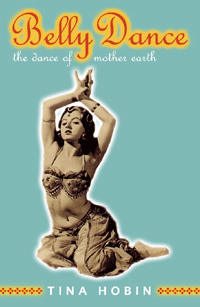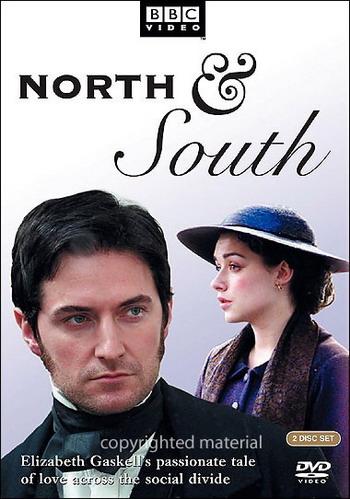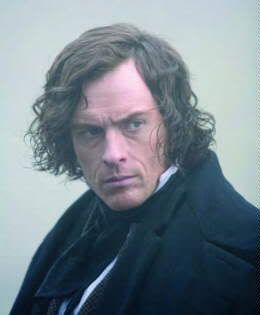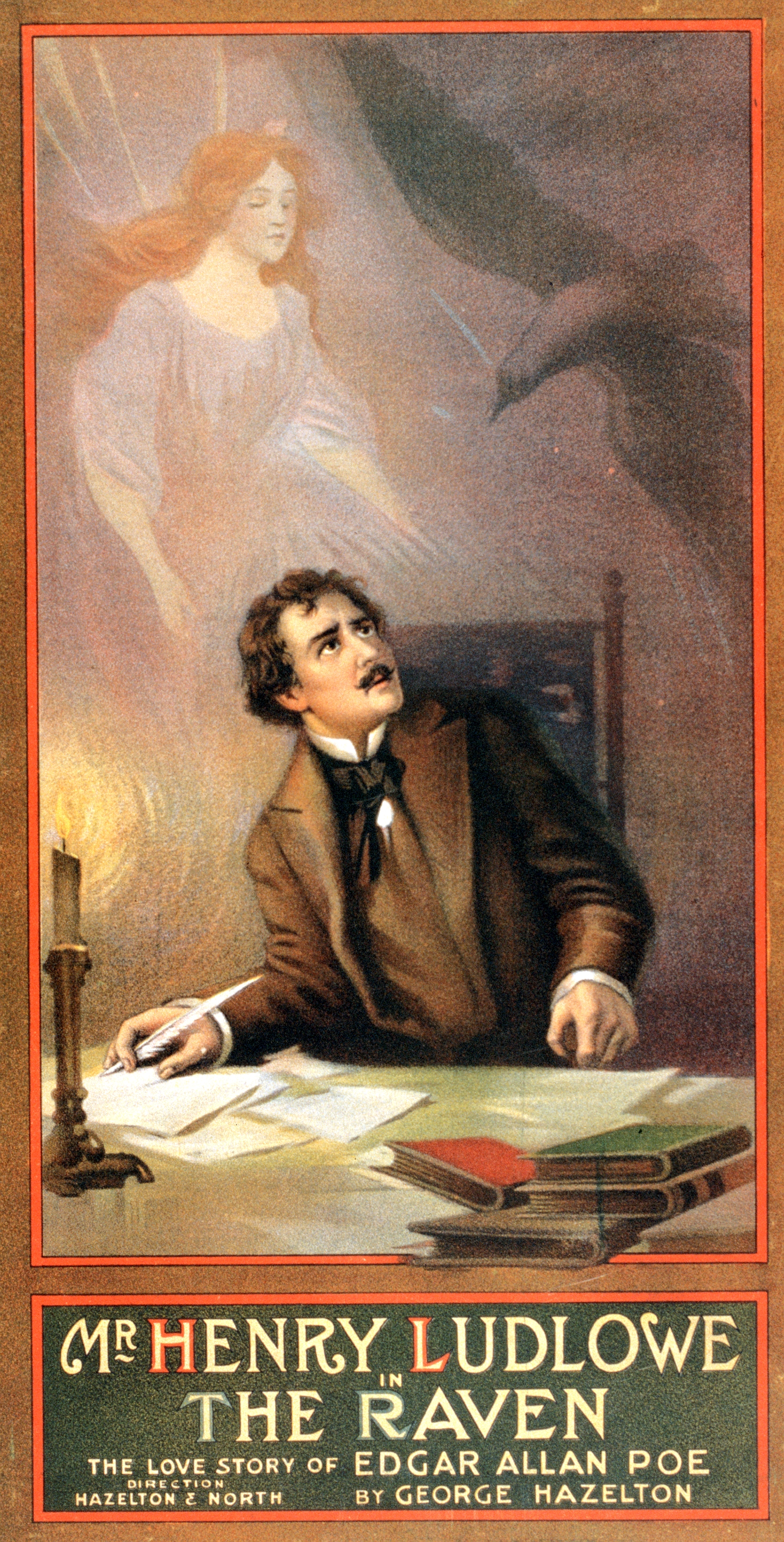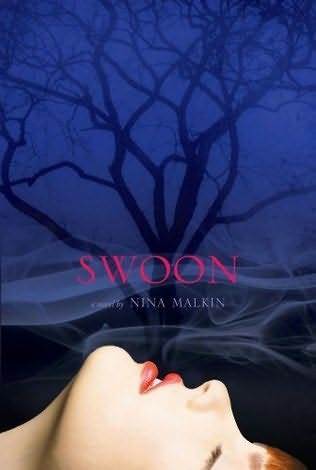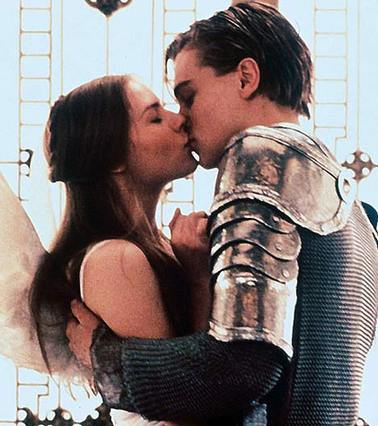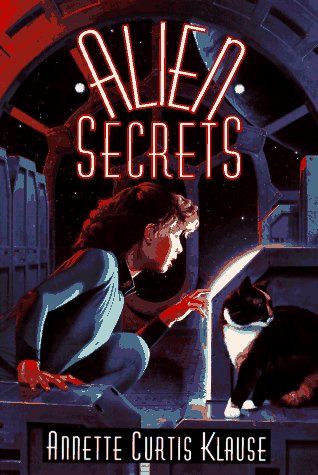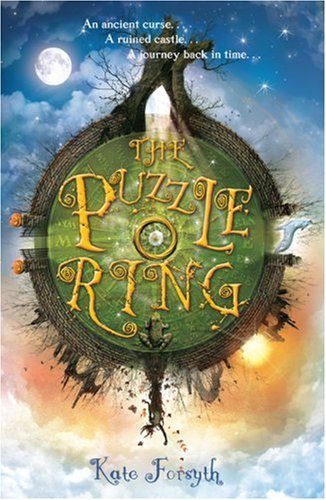Nominations in the YA category for 2009 are:
- The Puzzle Ring, by Kate Forsyth
- The Museum of Mary Child, by Cassandra Golds
- A Small Free Kiss in the Dark, by Glenda Millard
- Leviathan Trilogy: Book One, by Scott Westerfeld
- Scarecrow, by Sean Williams
Now, over to you, Kate!
~~
The 2009 Aurealis Awards were a gorgeous, glitzy affair at the Judith Wright Performing Arts Centre in Brisbane last Saturday night. The auditorium was crowded with writers, illustrators, book sellers, editors, and publishers, many of them making an effort to dress up and enter into the spirit of the night. Sadly I did not win the Teenage Book of the Year – that honour was conferred on Scott Westerfeld and his wonderful alternative history novel Leviathan – but I had fabulous fun anyway. Here are some photos:
Zoe Walton, Children’s Publisher at Random House, with Kate Forsyth, and Pamela Freeman, winner of the Best Children’s Short Fiction category.
Sean Williams and Kate Forsyth (both nominees for Best Teenage Novel) with the winner, Scott Westerfeld. The other nominees, Cassandra Gold and Glenda Millard were unfortunately not there at the award.
Kate with Glenda Larke, whose novel The Last Stormlord was shortlisted for Best fantasy Novel (won by Trudi Canavan)
A few highlights of the night include:
* Andrew McGahan winning best SF Novel with ‘Wonders of a Godless World’ – lovely to see authors who are normally considered as writers of contemporary realism spreading their wings into the speculative fiction genre
* Justin Ackroyd winning the Peter McNamara Convenors’ award – I remember my very first Aurealis Award ceremony was held in his shop in Melbourne. It was in 1997 when I was short-listed for my first novel Dragonclaw and he was very warm and welcoming to a rather shy new girl on the block
* the establishment of the Kris Hembury Encouragement Award for Emerging Artists, which was won by Kathleen Jennings.
Here is the complete list of winners:
Best Science Fiction Novel
Andrew McGahan, Wonders of a Godless World, Allen & Unwin
Best Science Fiction Short Story
Peter M. Ball, 'Clockwork, Patchwork and Ravens', Apex Magazine May 2009
Best Fantasy Novel
Trudi Canavan, Magician's Apprentice, Orbit
Best Fantasy Short Story (joint winners)
Christopher Green, 'Father's Kill', Beneath Ceaseless Skies #24
Ian McHugh, 'Once a Month, On a Sunday', Andromeda Spaceways Inflight Magazine #40, Andromeda Spaceways Publishing Co-operative Ltd
Best Horror Novel
Honey Brown, Red Queen, Penguin Australia
Best Horror Short Story (joint winners)
Paul Haines, 'Wives', X6, Coeur de Lion Publishing
Paul Haines, 'Slice of Life - A Spot of Liver', Slice of Life, The Mayne Press
Best Anthology
Jonathan Strahan (editor), Eclipse 3, Night Shade Books
Best Collection
Greg Egan, Oceanic, Gollancz
Best Illustrated Book/Graphic Novel
Nathan Jurevicius, Scarygirl, Allen & Unwin
Best Young Adult Novel
Scott Westerfeld, Leviathan Trilogy: Book One, Penguin
Best Young Adult Short Story
Cat Sparks, 'Seventeen', Masques, CSFG
Best Children's Novel
Gabrielle Wang, A Ghost in My Suitcase, Puffin Books
Best Children's Illustrated Work/Picture Book
Pamela Freeman (author), Kim Gamble (illustrator), Victor's Challenge, Walker Books Australia
I’m so happy for all the people who won, it is such a tribute to the diversity, energy and sheer talent of the Australian speculative fiction community. There was, however, a lot of talk over the announcement that the awards will no longer be run by Fantastic Queensland, the group that has been organising the ceremony for the past six years (and, I think, have all aged about a thousand years as a result – the work load must be immense!) Apparently an announcement is soon to made about who is to take over the awards. Check out the website for more info:
http://www.aurealisawards.com/
Thanks so much Kate! Look out for my review of The Puzzle Ring shortly.



